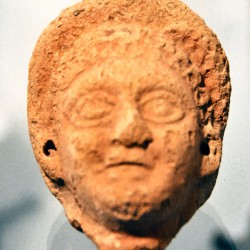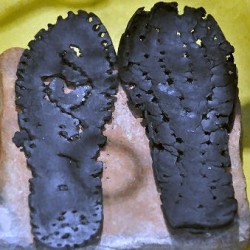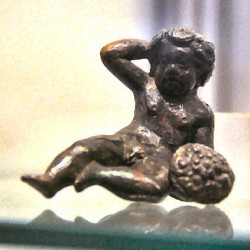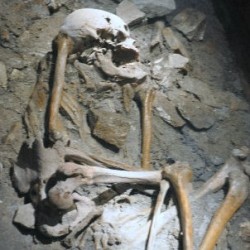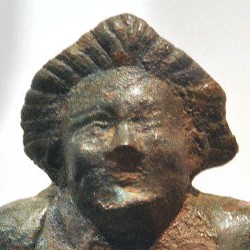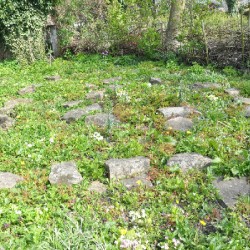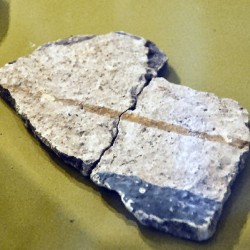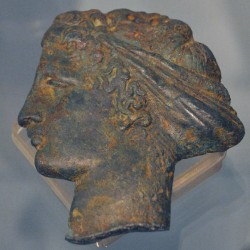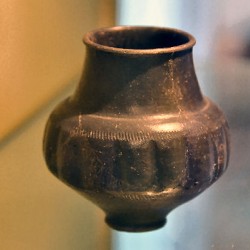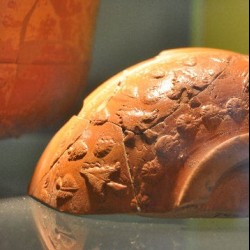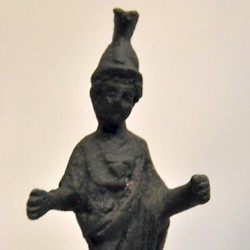Aardenburg, Archeologisch museum
Q63151618Often, the best ideas are so simple that you wonder why no one else invented them before. Last Sunday, I visited the small city of Aardenburg, close to the Dutch-Belgian border, to see the remains of the Roman fort. It was founded in the late 170s to keep Chaucian pirates away from what is now called Flanders. Now of course it is a bit boring to make an ancient ruin visible. Those old stones are the foundation of a Roman tower, those stones belong to the curtain wall, and the ditch was over there. What you’re missing, are the humans who built those walls.
The people of Aardenburg found a simple solution: poetry. On small tabel signs, you can read several Roman poems and their translation. There’s also a representation of Ptolemy’s map, and when you’ve read it all, you know how the inhabitants of the Aardenburg fort may have thought about agriculture (Virgil’s Georgics), about love (Catullus’ Odi et amo), and about death (Hadrian’s Animula vagula). A good teacher can spend half an afternoon over there, reading those lines with his pupils.
Aardenburg offered a second surprise: a very good museum. It is small, but the objects are interesting. I was very impressed by a skeleton that was found inhumated. The Romans and the local people, the Menapians, burnt their dead, but the people of the north didn’t. This burial suggests, therefore, that the man was not from Aardenburg, but was one of thosee third-century Chaucian or Saxon pirates, killed in action during a raid on the Aardenburg countryside.
In the museum garden, you will find the foundation stones of a Roman temple, there’s the usual pottery, and there is a very large collection of bronze statuettes of the gods, which includes a lovely Bacchus and a Cnidian Aphrodite, two or three inches tall. The explanatory signs are excellent. I am sure that that there must have been some kind of confusion when they awarded that Council of Europe Museum Prize to the dreadful Middelburg Museum – it must be Aardenburg.
There’s only one guard, Mr Goedbloed. Do not forget to talk to him, because he knows a lot. He was one of the divers who helped discover the submerged temple of Nehalennia at Colijnsplaat, and he has a lot of interesting stories to tell.
The museum, located in the Marktstraat 18, is open every afternoon, but not on Monday. Aardenburg is half-way between Bruges in Belgium and Flushing in the Netherlands. Arriving from the last-mentioned town, I cycled to Aardenburg in about an hour. The town also boasts an interesting medieval church, built partly from stones of the Roman fort.
This museum was visited in 2010.
